Bladder Cancer | Signs, Causes & Treatment
 Amari
|
Amari
|
 25 Jul 2025
25 Jul 2025
What bladder cancer is and how it starts
Bladder cancer begins when some cells inside the bladder lining stop behaving how they should. Instead of dying off like normal, they keep growing and piling up, eventually turning into a tumor. Sometimes it stays in the lining, but other times it grows deeper into the bladder wall, and if it keeps spreading, it can reach nearby organs too.
It mostly shows up in older people, especially men over 55, but it’s not just a man’s disease. Women can get it too. Some cases grow slow, others more aggressive. That’s why early detection makes all the difference.
First signs people usually notice
Most people first notice blood in the urine. It can look bright red or just a faint pink—you might not even spot it unless you’re really looking. Some feel burning while peeing, or feel like they need to go more than usual. Others feel like they can’t fully empty their bladder.
Sometimes it feels just like a urinary infection, which is why it gets missed at first. But if these things keep happening, it’s worth checking, even if they don’t seem that bad.
What causes bladder cancer or makes it more likely
Smoking is the biggest reason. The chemicals from cigarettes pass through the kidneys, and get stored in the bladder. Over time, they damage the lining and raise your risk big time.
Other things that can raise your chances:
- Working with industrial chemicals (dyes, rubber, leather)
- Radiation treatment to the pelvis
- Long-term bladder infections
- Having to use a catheter for months or years
- Just getting older
- And yes, is bladder cancer hereditary?
And even pets aren’t safe. Bladder cancer in dogs is a thing too—especially certain breeds. They show symptoms just like us. Straining to pee, blood, acting restless.
How doctors figure out what’s going on
It usually starts with a urine test, just to check for blood or weird-looking cells. If anything looks off, the next step is a cystoscopy—a tiny camera is used to look inside the bladder.
If they see anything that doesn’t look right, they’ll take a biopsy. That means they remove a little bit of tissue to send to the lab. Imaging like CT scans helps show if it’s spread outside the bladder.
All this helps figure out your bladder cancer stage, which tells how far it’s gone and what the next steps are.
Bladder Cancer in men
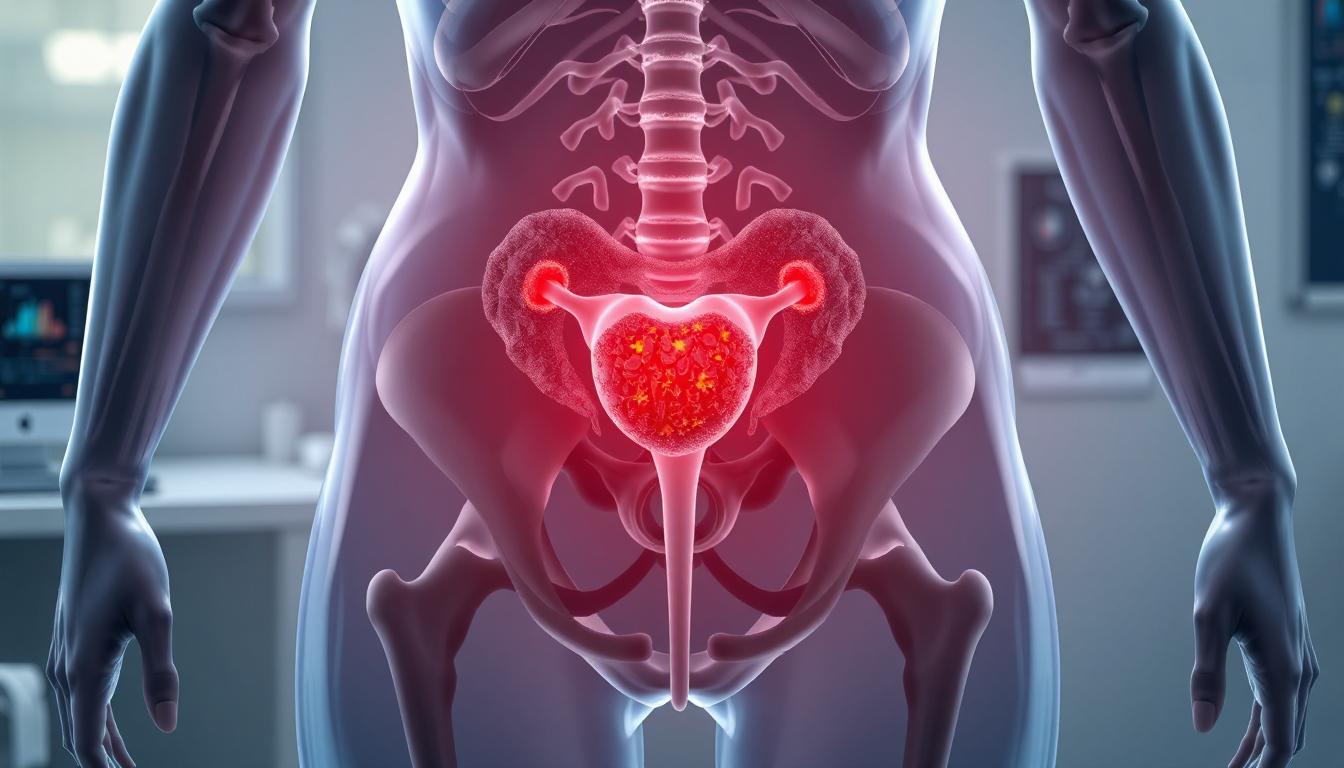
Bladder Cancer in Women
Different types and how serious they can be
The most common type is called urothelial carcinoma. That starts in the inner lining of the bladder. Sometimes it stays there, other times it breaks through into the muscle and beyond. When it’s just on the surface, it’s easier to treat. If it’s spread into the muscle, it’s more serious.
There’s also advanced bladder cancer, which means it’s moved to other organs or bones. That’s usually stage 4 bladder cancer and it needs stronger treatment.
Treatment options and what to expect
If it’s early, a doctor might be able to remove the tumor through a small scope—no major surgery needed. But in some cases, part or even all of the bladder has to be taken out. That’s where bladder cancer surgery comes in.
There’s also:
- Chemotherapy
- Radiation
- Immunotherapy, especially for early-stage cancers
One popular method is BCG treatment for bladder cancer, where a special liquid is put right into the bladder to trigger the immune system. This is called BCG bladder cancer therapy and it works well for some patients
Every case is different, and so are side effects. Some people feel tired, others get bladder irritation, but many bounce back and live full lives.
Sanford Pharmacy helps with medications, follow-up care, and keeping side effects under control—because treatment doesn’t end when you leave the hospital.
Life after a bladder cancer diagnosis
It’s not just about the treatment. There’s the mental part too. Worry about it coming back, stress over changes in the body, or adjusting to a new routine if surgery changed how your bladder works.
But many people go on to live full, active lives. Regular checkups, support from loved ones, and being informed really help. You’re not alone in this. And it’s okay to take it one day at a time.
How to lower your chances of getting it
Best thing you can do? Stop smoking. That cuts your risk by a lot.
Other things help too:
- Drink plenty of water every day
- Stay away from harsh chemicals at work
- Keep an eye on urinary symptoms
- Go for checkups if you’re over 50, especially if you’ve smoked or had frequent bladder infections
Early action saves lives. Waiting makes it harder.
When it’s time to talk to a doctor
If you see blood in your urine, even once, don’t ignore it. If it burns when you pee, or if you’re going more often than usual, or something just feels off—get it checked.
People who’ve had it often say the same thing: “How I knew I had bladder cancer was that I saw blood one day and decided not to wait.”
It could be nothing. But if it’s something, you’ll be glad you caught it early.
Categories

What Is Sucralfate Used For?
 Abdullah
Abdullah

Foods to Avoid When Taking Sulfamethoxazole / Trimethoprim
 Ibrahim
Ibrahim

What Is Rifaximin Used For?
 Aden
Aden
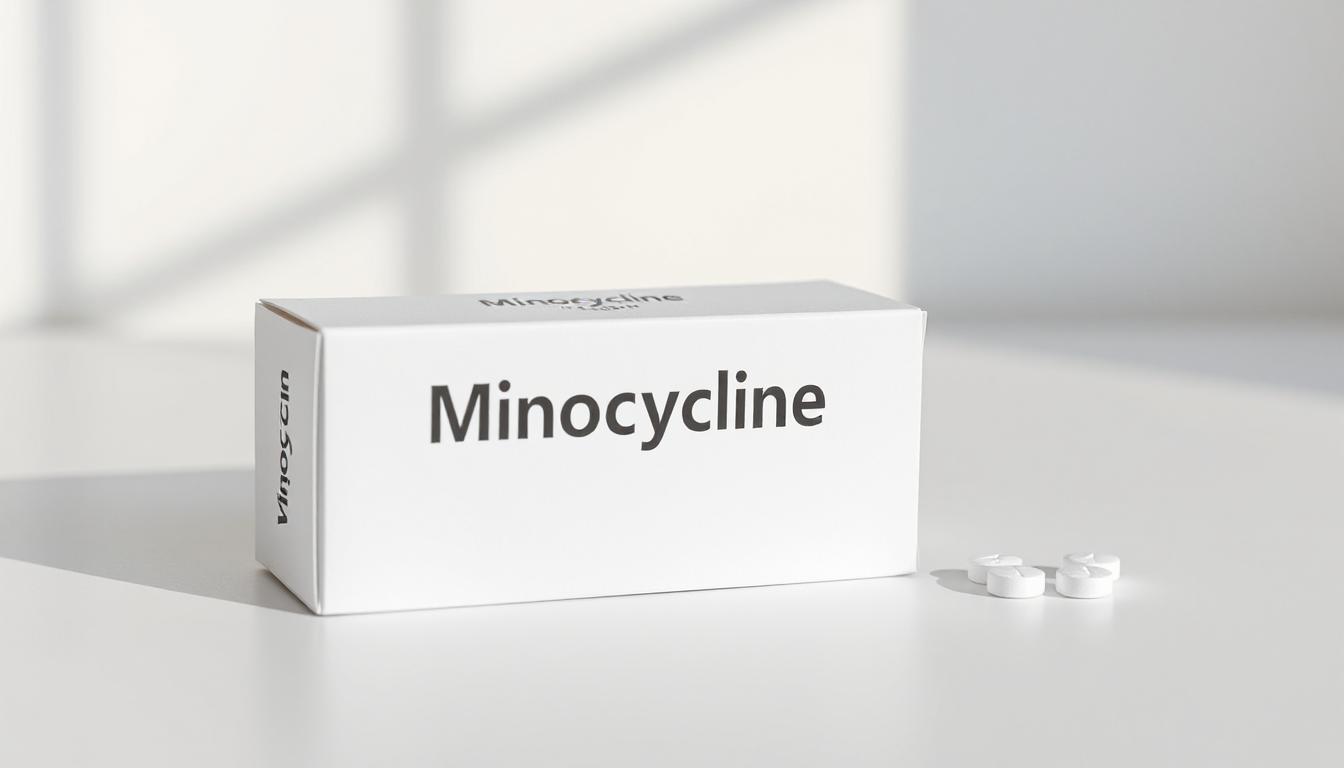
What is Minocycline?
 Tina
Tina
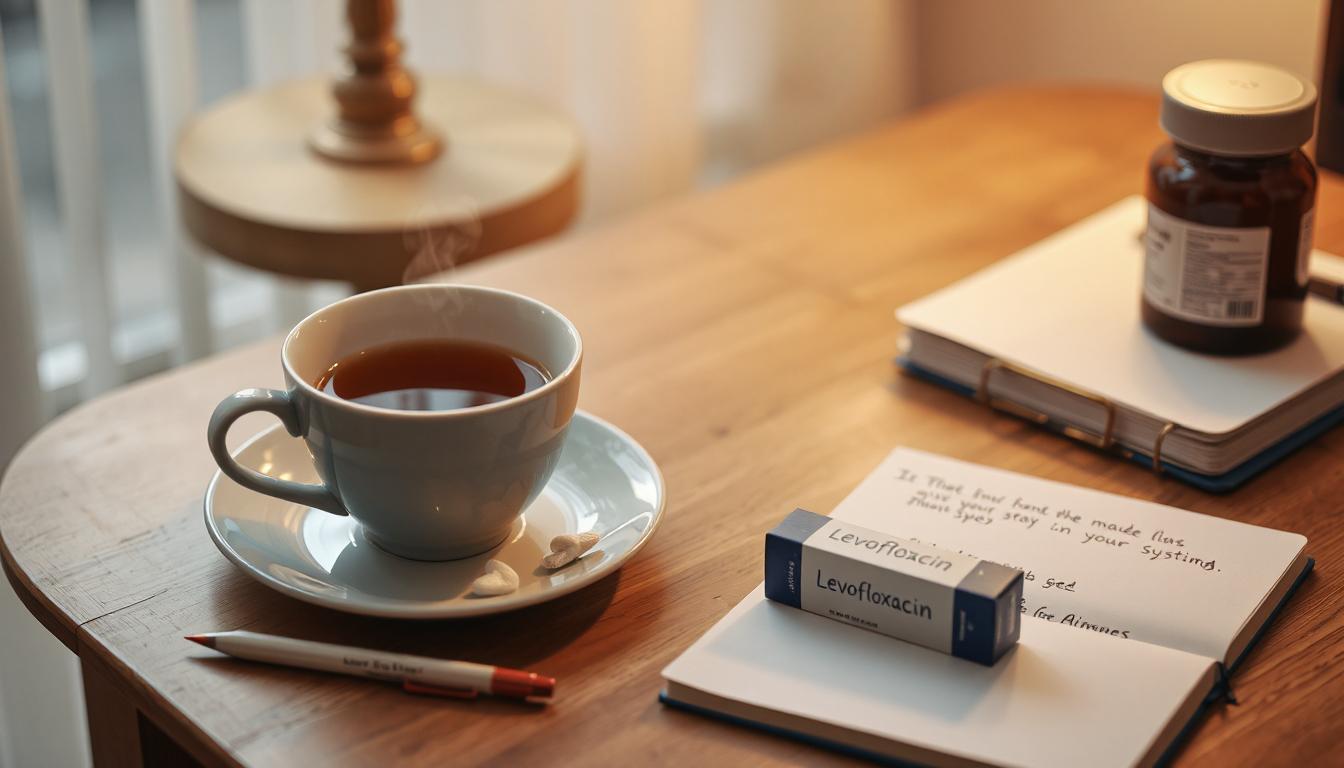
How Long Does Levofloxacin Stay in Your System
 Annette
Annette

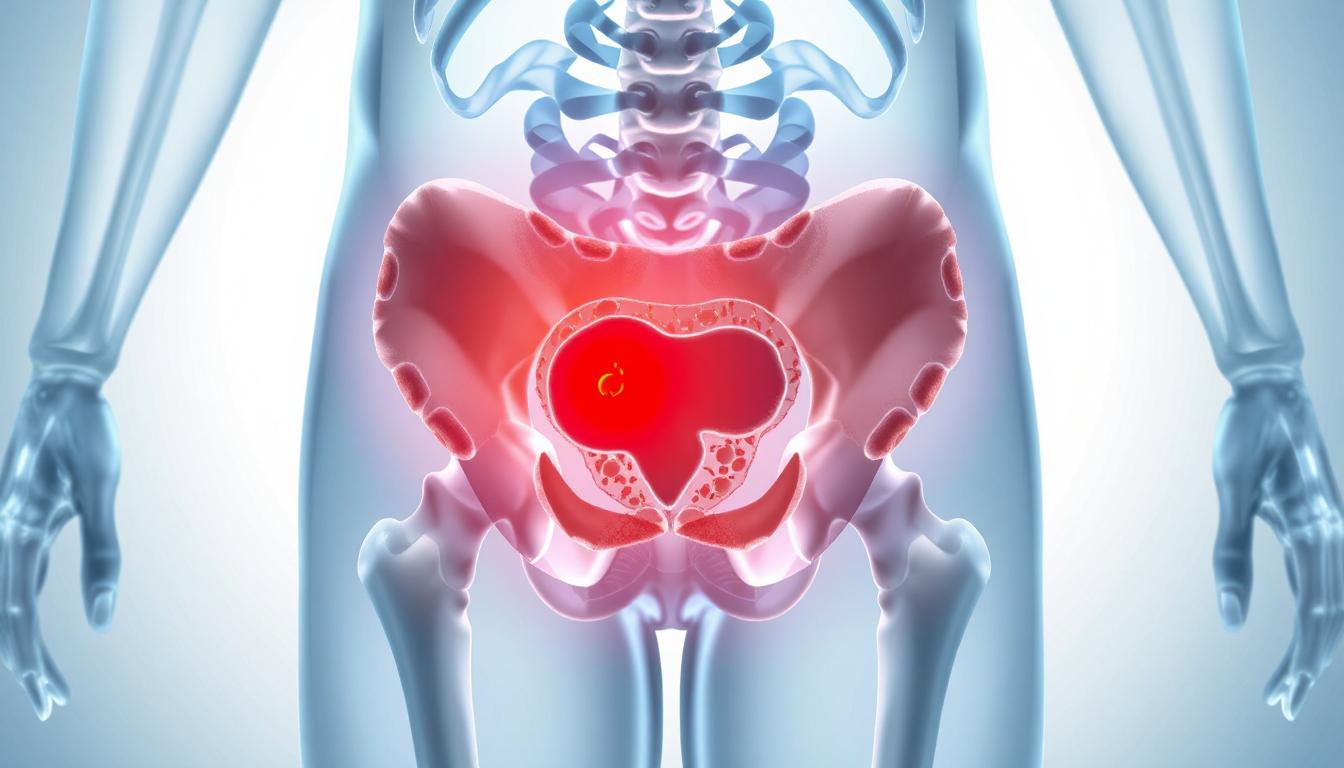
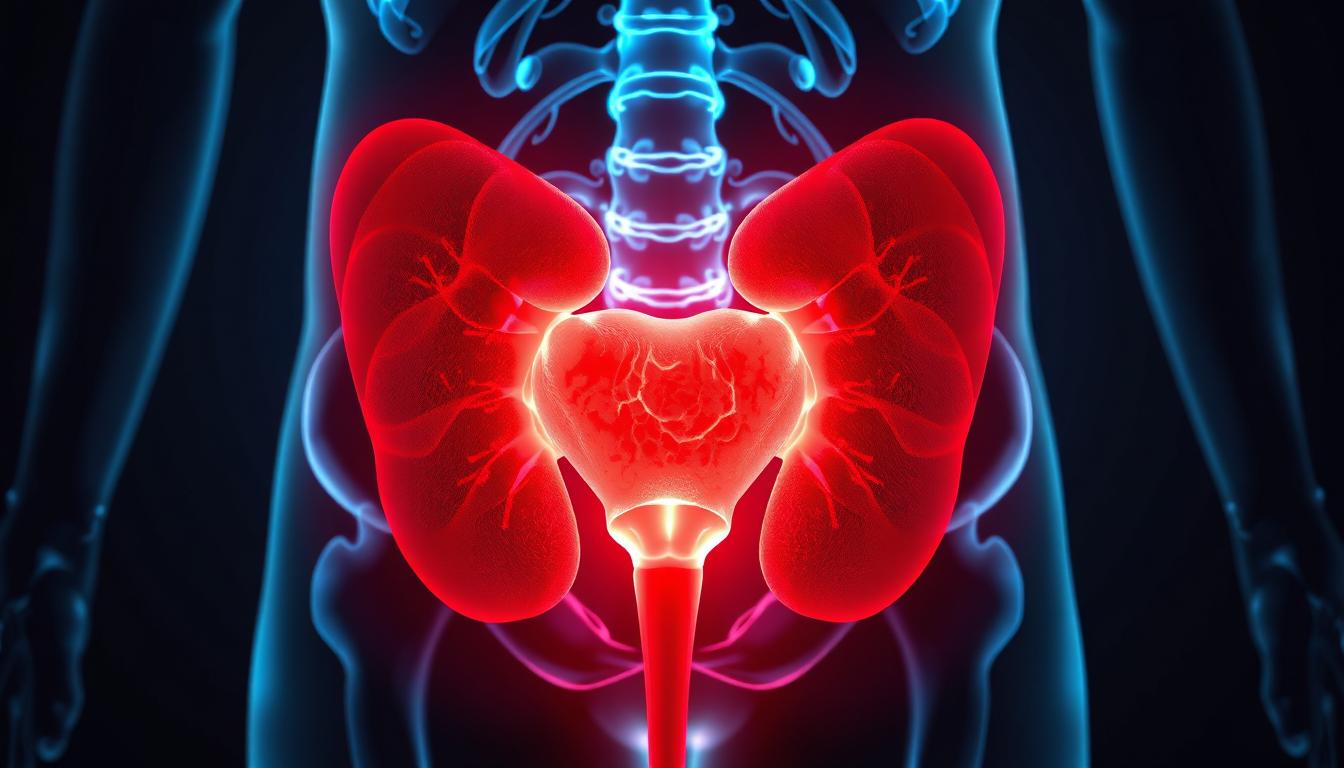








.webp)
.webp)
-(2).webp)
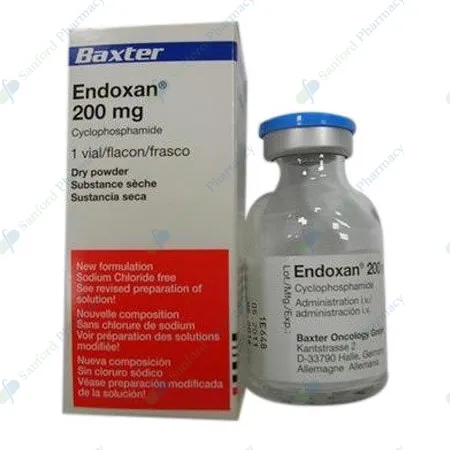
.webp)